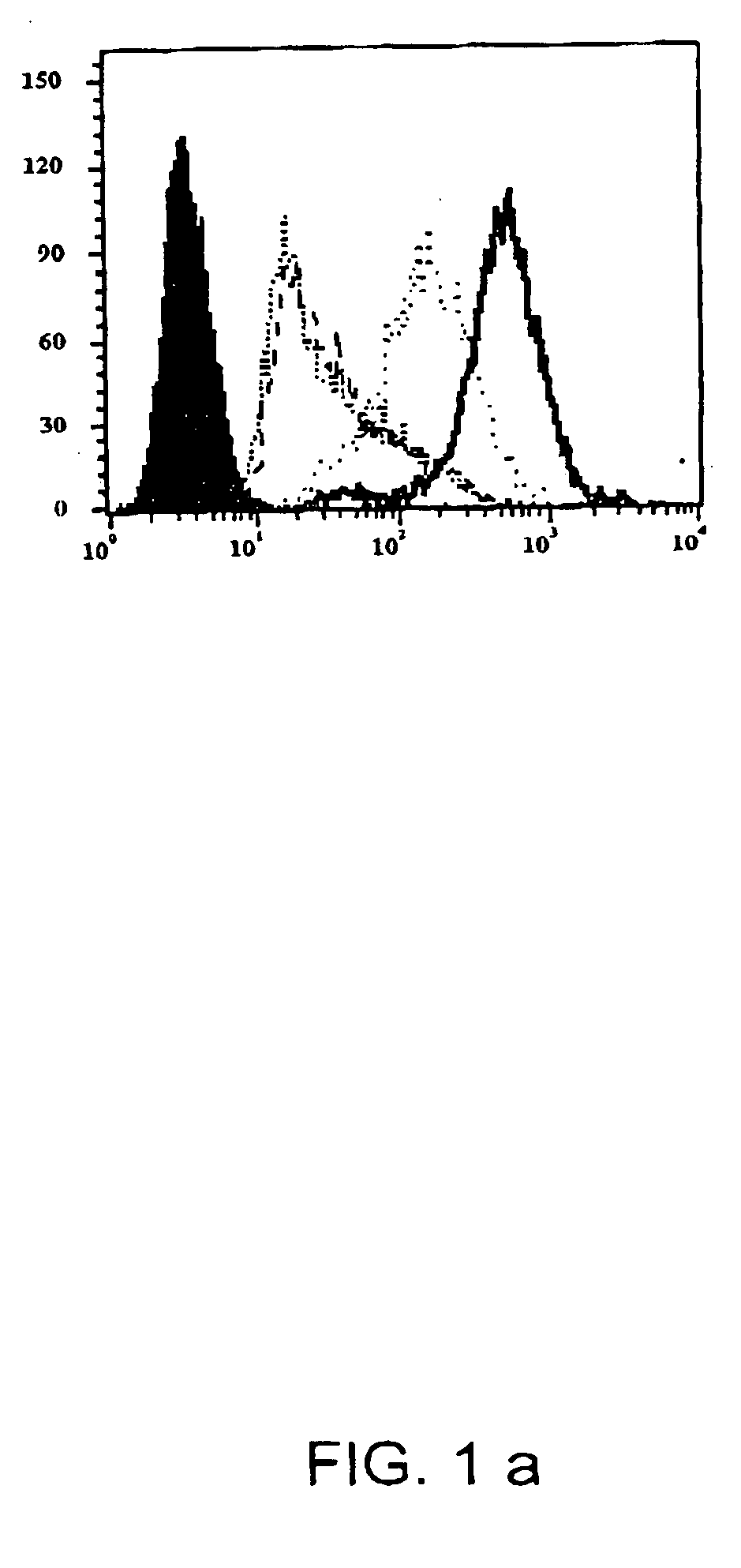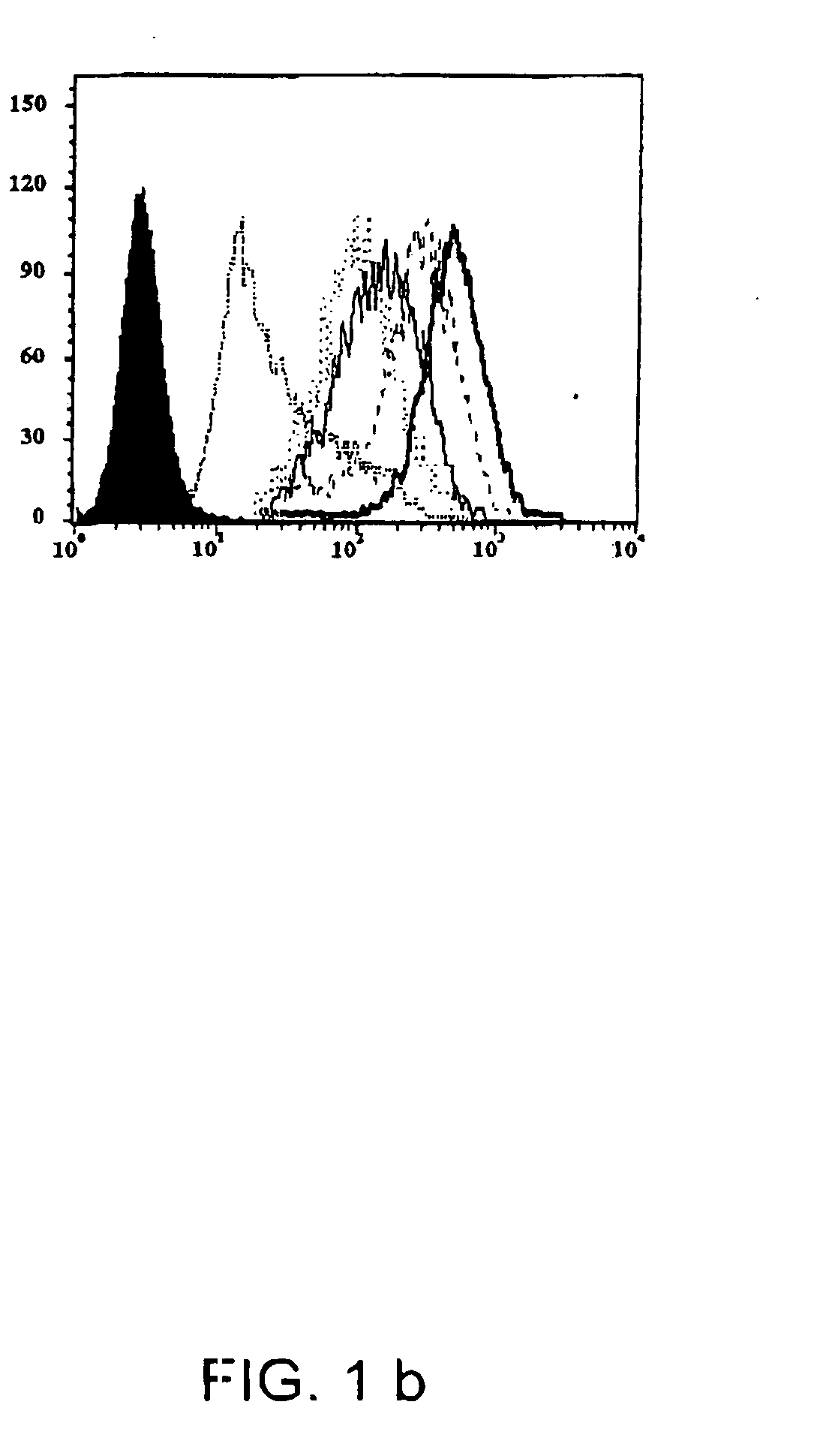Statins (HMG-CoA reductase inhibitors) as a novel type of immunomodulator, immunosuppressor and anti-inflammatory agent
a technology of statins and coa reductase inhibitors, applied in the field of statins as a novel type of immunomodulator, can solve the problems of high complex and tightly regulated immune system, statins block cholesterol synthesis, immune response becomes a cause of disease or other undesirable conditions, and achieves different potency.
- Summary
- Abstract
- Description
- Claims
- Application Information
AI Technical Summary
Benefits of technology
Problems solved by technology
Method used
Image
Examples
examples
Materials and Methods
[0072] Reagents. Human recombinant IFN-γ was obtained from Endogen (Cambridge, Mass.). The three statins used in these studies [Atorvastatin, (Parke Davis); Lovastatin (Merck Sharp and Dohme); and Pravastatin (Bristol-Myers Squibb)] are commercially available and were obtained from commercial sources. Mouse anti-human MHC class II and MHC class I fluorescein isothiocyanate-conjugated (FITC) and unconjugated monoclonal antibodies were purchased from Pharmingen (San Diego, Calif.). Cycloheximide, actinomycin and L-mevalonate were purchased from Sigma (St. Louis, Mo.).
[0073] Cell isolation and culture. Human vascular endothelial cells (ECs) were isolated from saphenous veins by collagenase treatment (Worthington Biochemicals, Freehold, N.J.), and cultured in dishes coated with gelatin (Difco, Liverpool, England) as described elsewhere15. Cells were maintained in medium 199 (M199; BioWhittaker, Wokingham, England) supplemented with 100 U / ml penicillin / streptomycin...
PUM
| Property | Measurement | Unit |
|---|---|---|
| structure | aaaaa | aaaaa |
| fluorescence intensity | aaaaa | aaaaa |
| electrophoretic gel | aaaaa | aaaaa |
Abstract
Description
Claims
Application Information
 Login to View More
Login to View More - R&D
- Intellectual Property
- Life Sciences
- Materials
- Tech Scout
- Unparalleled Data Quality
- Higher Quality Content
- 60% Fewer Hallucinations
Browse by: Latest US Patents, China's latest patents, Technical Efficacy Thesaurus, Application Domain, Technology Topic, Popular Technical Reports.
© 2025 PatSnap. All rights reserved.Legal|Privacy policy|Modern Slavery Act Transparency Statement|Sitemap|About US| Contact US: help@patsnap.com



